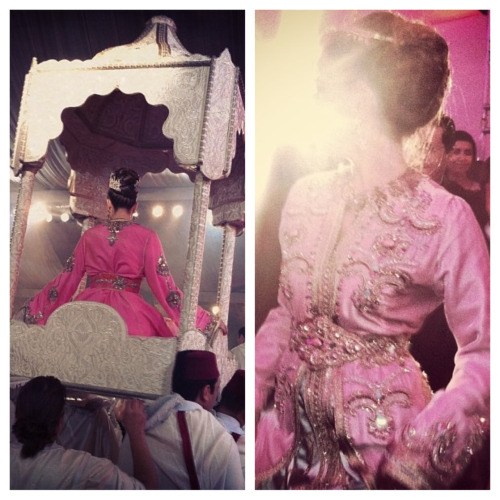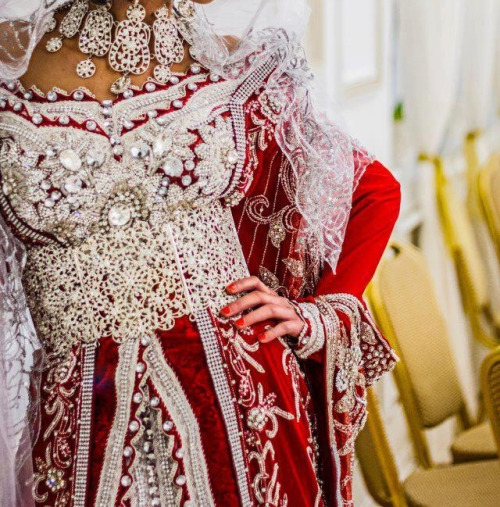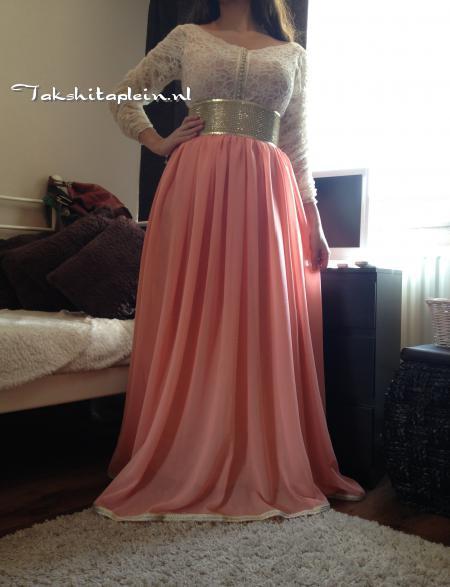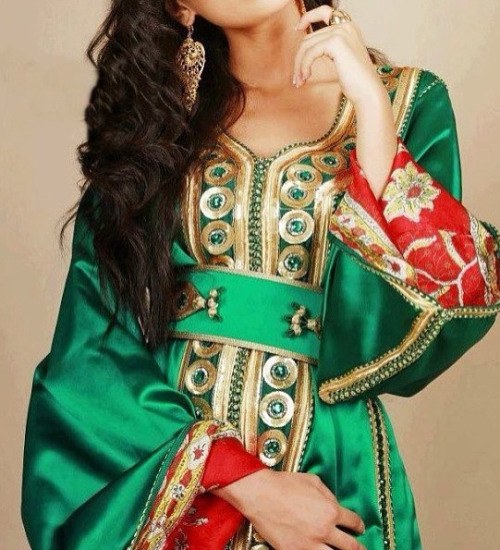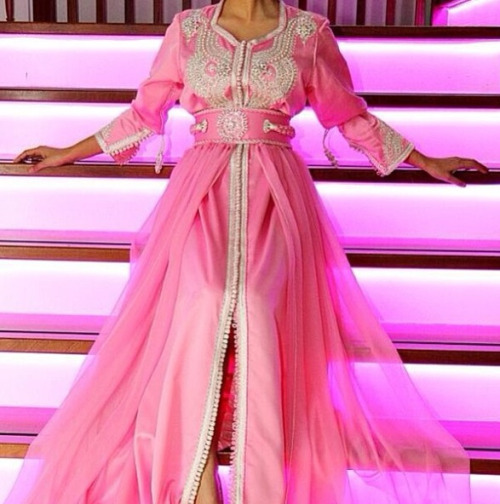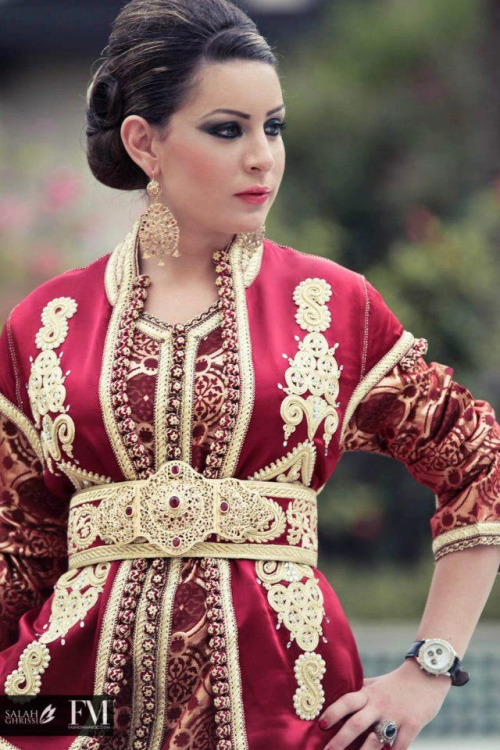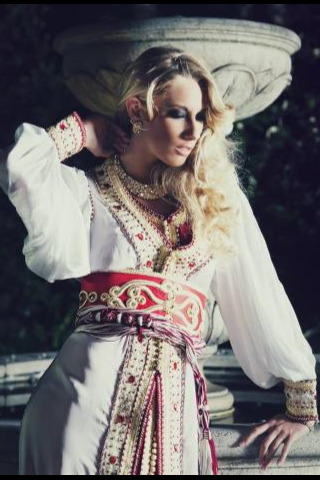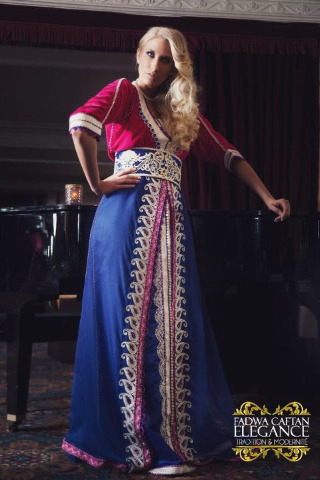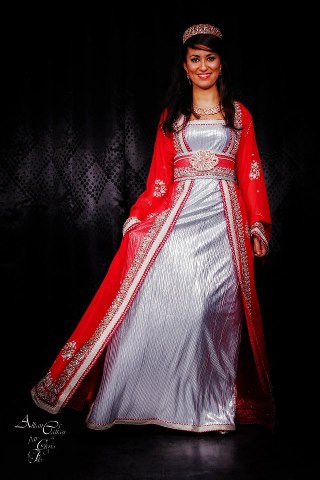 Handmade Malas Kaftan Jalabiya with Antique Bedouin Embroidery. Free Size. Unique Colourful and Very Comfortable Kaftan. Also ideal for Tall, Plus Size or Pregnant Women. Weddings and Parties.
Handmade Malas Kaftan Jalabiya with Antique Bedouin Embroidery. Free Size. Unique Colourful and Very Comfortable Kaftan. Also ideal for Tall, Plus Size or Pregnant Women. Weddings and Parties.This Kaftan is in Stock and identical to what you see in the pictures. Read the description to understand the value of this caftan. Ready for dispatch. Will reach your address within 7/12 working days.
Once again FaridasPassions.com creates a one time exclusive garment just for you!
A unique and comfortable Malas Kaftan (Caftan or Jalabiya) with Antique Bedouin Embroidery.
100% Handmade. Absolutely nobody else can have the same kaftan. Only one available.
Measurements: Please bear in mind this Kaftan comes in a Free Size. It is meant to have a baggy fit.
Although it has a free size the actual measurements of the Kaftan make it especially ideal for Plus Size Women (XL, XXL).
Although it has a free size the actual measurements of the Kaftan make it especially ideal for Plus Size Women (XL, XXL).
Click here to view an image that will help you understand the measurements below (the kaftan in this image is not the kaftan you will receive):
- Length: 1.55 cm. If necessary you may easily shorten the length of 9 cm
- Chest Circumference or the all around circumference of the caftan at the chest area: 1.40 cm
- The all around circumference at the extreme bottom of the kaftan: 1.40 cm
- Sleeve Length: 52 cm
- Sleeve Circumference: 53 cm
- Length: 1.55 cm. If necessary you may easily shorten the length of 9 cm
- Chest Circumference or the all around circumference of the caftan at the chest area: 1.40 cm
- The all around circumference at the extreme bottom of the kaftan: 1.40 cm
- Sleeve Length: 52 cm
- Sleeve Circumference: 53 cm
It is perfect to wear to an Oriental theme party, as a wedding dress or to welcome your guests in style.
This kaftan is also very ideal pregnancy wear.
This kaftan is also very ideal pregnancy wear.
Washing Instructions: Wash by hand in cold water.
The Material – Malas Fabric:
The main material is of a black colour and is called 'Malas'. It is a high quality Egyptian cotton based fabric with a very particular texture. The fabric is malleable, light, strong and 'wrinkly'; hence the kaftan needs no ironing. Malas Fabric is traditionally used by the people of the Siwa Oasis to create beautiful wedding dresses.
To get a detailed view of the Bedouin embroidery and Malas fabric please make sure you view the pictures above.
About the Authentic Bedouin Embroidery:
We took an Antique Bedouin Kaftan that was too torn apart to refurbish and carefully removed from it the embroidery.
The embroidery was then sewn over the soft, light, wrinkly and fresh Egyptian Malas Fabric.
The embroidery was then sewn over the soft, light, wrinkly and fresh Egyptian Malas Fabric.
The embroidery is handmade, complex and colourful. The more the detailed handwork, and coloured threads used, the more value the caftan was given by Bedouin tribes. Please make sure you view the pictures above and also click all the links on this page.
General Information About the Bedouin Kaftan from which we removed the Embroidery:
A long time ago a Bedouin family in Egypt made this caftan (from which we removed the embroidery) purely by hand. The handwork is very detailed and it took a very long time to complete. Female Bedouin family members passed on this particular caftan from generation to generation; it was also used as leverage. Egyptian Bedouins are well known for their handwork and it is on these kaftans, passed on from family to family, that they expressed themselves with no restraints. It is like the caftan is at first a plain black canvas that they turn alive using their hands and colourful cotton threads while sitting on the sand. The result is a unique piece of art handmade following traditional methods.
Bedouin women wore the caftan for every day use or special occasions such as weddings. Rarely do we find Bedouin families that wish to sell their handmade caftans for money. In Egypt these Bedouin caftans started making their way into common non-Bedouin family homes because city people started realizing the tangible and intangible value of these fabulous Bedouin creations. Some (city people) wear them at home or to special events. A few people can afford them.
Other buyers give such an intense importance to the value and tribal history of the Bedouin caftan that they cherish the caftans at home as home decoration (e.g. frame the caftan and hang it on a wall).
Bedouin women wore the caftan for every day use or special occasions such as weddings. Rarely do we find Bedouin families that wish to sell their handmade caftans for money. In Egypt these Bedouin caftans started making their way into common non-Bedouin family homes because city people started realizing the tangible and intangible value of these fabulous Bedouin creations. Some (city people) wear them at home or to special events. A few people can afford them.
Other buyers give such an intense importance to the value and tribal history of the Bedouin caftan that they cherish the caftans at home as home decoration (e.g. frame the caftan and hang it on a wall).












